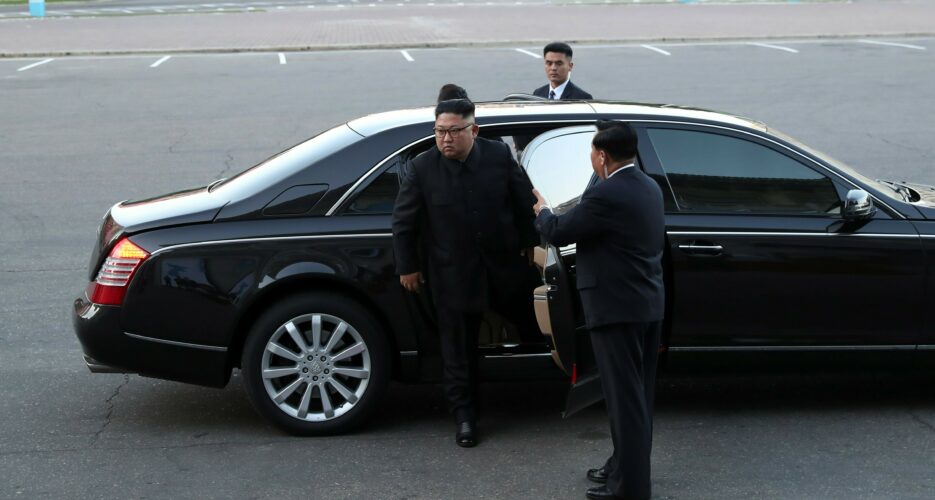About the Authors
Dagyum Ji
Dagyum Ji was a senior NK News correspondent based in Seoul. She previously worked for Reuters TV.
Oliver Hotham
Oliver Hotham was an NK News contributor based in Seoul, South Korea. Follow him on Twitter.

Get behind the headlines
|
News Kim Jong Un to visit Seoul, close Tongchang-ri missile testing facilityLeaders of two Koreas also agree to boost economic cooperation, take steps to reduce tension  North Korean leader Kim Jong Un will visit the South Korean capital “in the near future" and will take tentative steps to close a missile and testing site, ROK President Moon Jae-in said on Wednesday. In a joint statement following the signing of a new inter-Korean agreement, the South Korean President said the two sides had agreed to “remove all danger” of war on the peninsula. © Korea Risk Group. All rights reserved. |